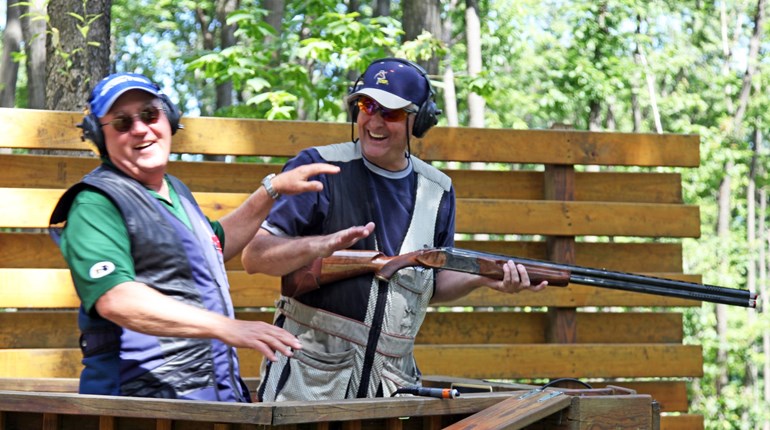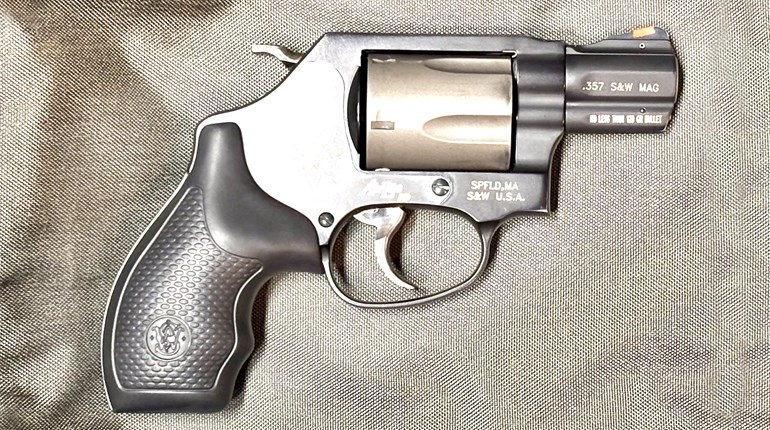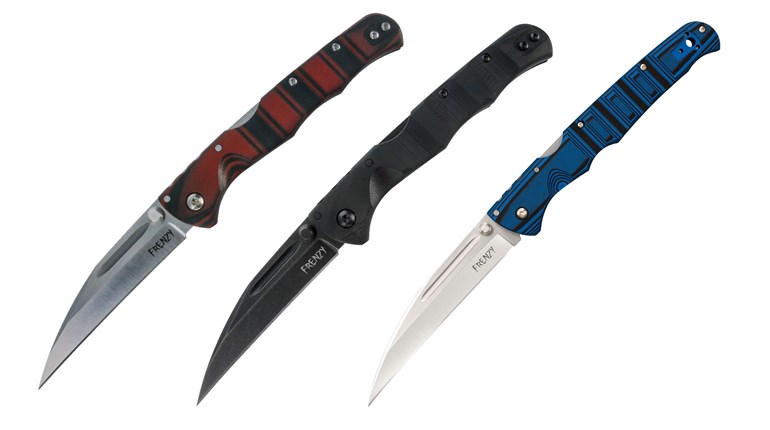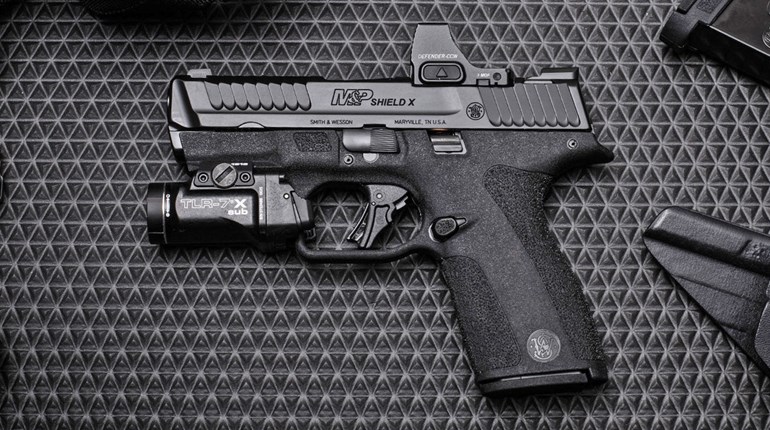
A few years ago, I was riding my bike on a wilderness trail when, for some reason, I decided to leave the beaten path and follow a deer trail. I saw a log over the trail up ahead, and rather than get off my bike and carry it over the log, I decided to try to jump the log. Unlike the kids I’d seen doing this trick, I did not get the front wheel up enough, and I flew over the handlebars and landed on my back. I saw stars, and I remember thinking that if things didn’t go my way, nobody would find me for a long time.This was not the “true backcountry,” but a few miles from my home. You don’t need to be deep into the wilderness to get into trouble. To safely enjoy hiking, hunting or biking, just remember this adage: Always take it with you!
Take a Friend With You
I know, your friend is not an “it.” But the best “thing” to have with you in the wilderness is definitely another person. If you would need help, that person is already with you. If you can’t find someone to go with you, always leave a note in a spot your loved ones will find that details where you went, what time you left, when you expect to return, and where you plan to park your vehicle if you’re taking one.
Take Your Gun With You
My concealed-carry strategy in the backcountry is a fanny pack with an inside holster. Many defensive experts eschew the fanny pack because they feel it stands out too much in an urban setting…but on a hiking trail, fanny packs are de rigeur. Another option is a vest that has an inside pocket for a small handgun and many zippered pockets. With this, important gear is always with you! For a third handgun carry option, I put a S&W M&P 9mm in my Sneaky Pete, custom designed for that handgun, belt clip holster. What is nice with this is that the handgun is secure, protected and easy to draw.
Take Your Communications With You
Of course, you should take your mobile phone as part of your everyday carry pack…but be forewarned that mountainous and remote areas often feature no cell service. When my wife and I are exploring a new hunting area, we also carry a Midland Two-Way Radio with its 38-mile range.
Take Your Survival Kit With You (No Excuses)
Any time you’re venturing off the beaten path, you need to have your survival kit with you. Much has been written about what that should include, but as a doctor here’s what I bring:
1: A small folding survival saw and knife plus a small roll of Gorilla Tape. This tape sticks to everything, and the saw can be used to cut some branches to make a cane or to splint whatever if an injury to a limb had occurred.
2: Various size bandages and gauze. I also carry a small tube of antibiotic cream to put on the wound after I wash it out with water I always pack. To clean a small wound, I do that the old-fashioned way with a small bar of soap, hotel size, which is easy to carry. Then flush it with my water and dry it with one of the clean paper towels I also bring along.
3: A compass and a small GPS as the Bushnell Back-Track. For anything that uses batteries, make sure they are fully charged.
4: I like to put a lighter and striker in a small plastic bag with dryer lint which is easy to ignite. Such a fire could be used as a signal or if stuck there all night, it will help you to stay warm.
5: Eye Injury Prevention. Sunglasses or clear-lensed glasses can help protect your eyes against branches in the dark.
In the past when helping to teach hunter education, my topics to cover were handgun safety and first aid. At the end of one class, a 12-year-old asked how I knew a lot about safety in the outdoors. My reply was that during my lifespan, I had made stupid mistakes. I am telling I learned the hard way so you won’t have to. Good luck and stay safe out there!







































